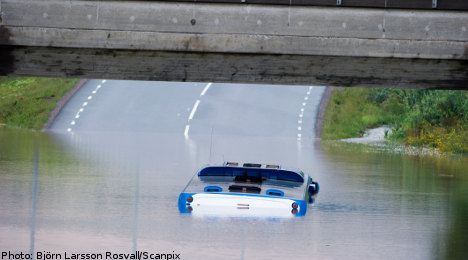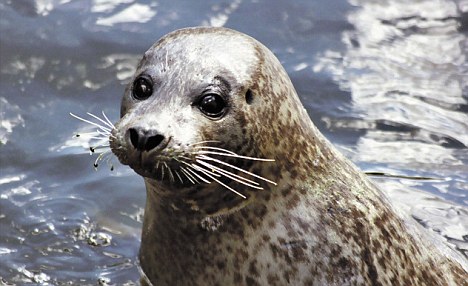
© B. Larsson Rosvall/ScanpixBus passengers were involved in a dramatic boat rescue in western Sweden on Friday morning, 13 Aug 2010
Torrential rain showers pummelled southern Sweden on Saturday night, causing flooding and road closures in parts of Skåne.
Emergency services were inundated with phone calls from home owners whose basements were flooded as the incessant rain made its presence felt.
The region's main city, Malmö, was pounded by 66 millimetres of precipitation in a few short hours, according to meteoroligical agency SMHI.
Rescue workers were also called out to help motorists whose cars had stalled in the rising waters.
Per Bergkvist was out driving on Malmö's inner ring road when he ran into difficulties around the Fosie exit, local newspaper
Sydsvenskan reports.
"The water reached up to the car doors," he told the newspaper.

